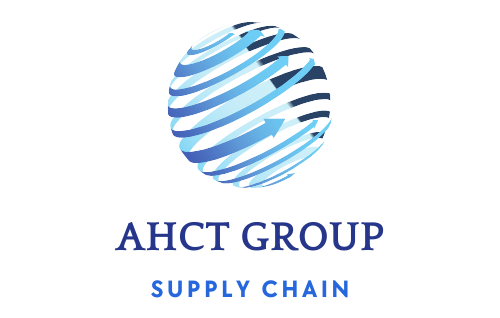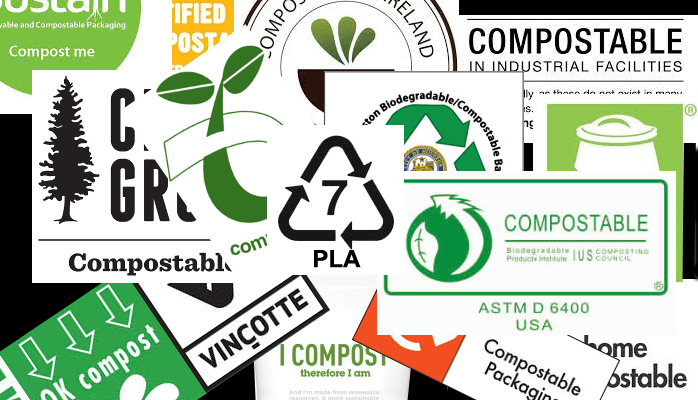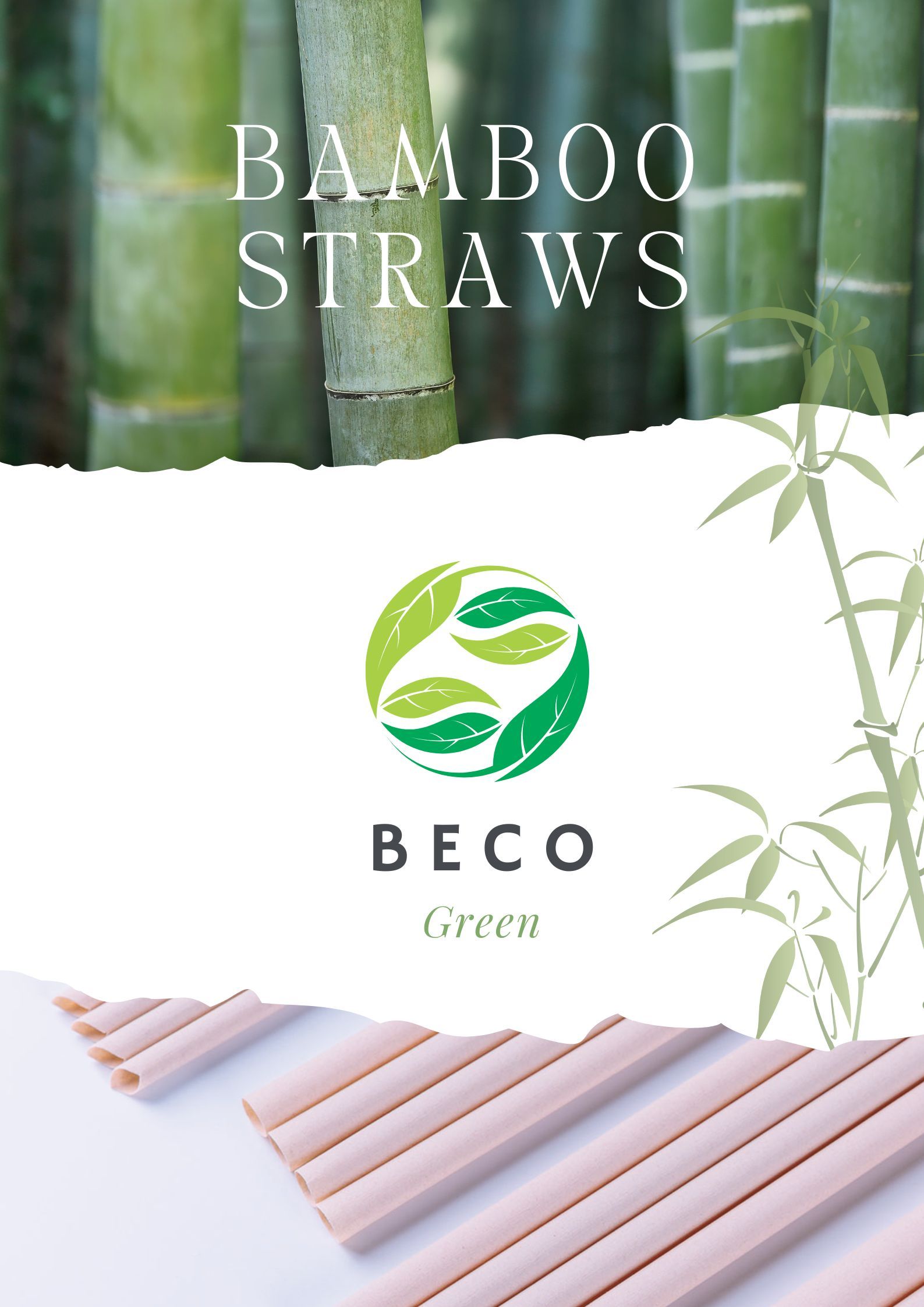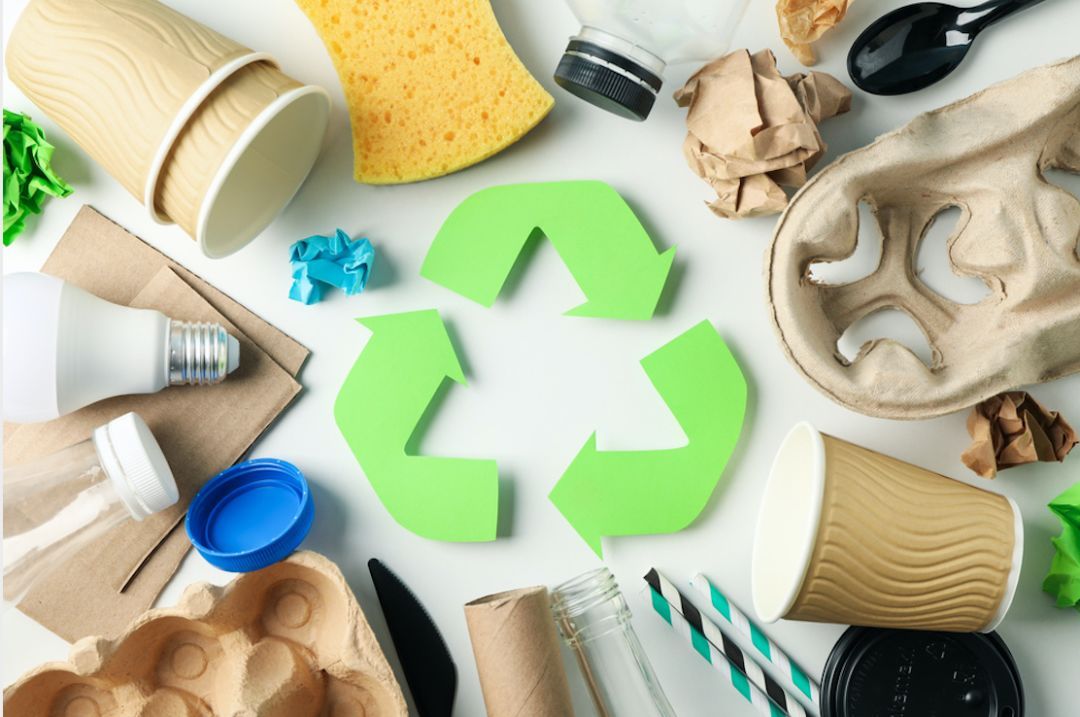AHCT GROUP NEWS
Molecular Sieve Desiccants Market Size, Business Development Plans by Companies, Production Rate And Global Forecast 2030
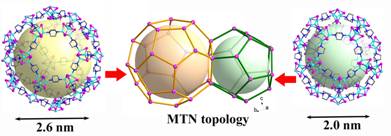
Jan 18, 2022 (Heraldkeepers) -- Molecular Sieve Desiccants market report contains detailed information on factors influencing demand, growth, opportunities, challenges, and restraints. It provides detailed information about the structure and prospects for global and regional industries. In addition, the report includes data on research & development, new product launches, product responses from the global and local markets by leading players. The structured analysis offers a graphical representation and a diagrammatic breakdown of the Molecular Sieve Desiccants market by region.
The Global Molecular Sieve Desiccants Market was valued at USD 513.7 Million in 2018 and is predictable to display a CAGR of around 6.53% to reach around USD 746.7 Million by the end of-2024.
According to Statista, as of 2021 data, the United States held over ~36% of the global market share for information and communication technology (ICT). With a market share of 16%, the EU ranked second, followed by 12%, China ranked third. In addition, according to forecasts, the ICT market will reach more than US$ 6 trillion in 2021 and almost US$ 7 trillion by 2023. In today's society, continuous growth is another reminder of how ubiquitous and crucial technology has become. Over the next few years, traditional tech spending will be driven mainly by big data and analytics, mobile, social, and cloud computing.
Market analysis
Generally, molecular sieves desiccants are synthetic zeolite materials engineered with pores of uniform sizes and structures. They work by adsorbing gas or liquid molecules that are smaller than the effective diameter of the pores while excluding molecules that are larger than the openings. The distinctive feature of molecular sieves desiccants is the aptitude to adsorb gases and liquids founded on the molecular size and division. Additional, owing to the crystalline configuration of molecular sieve desiccants, it is more active as associated to silica gel and alumina.
The other features of molecular sieve desiccants are high adsorption, well-organized adsorption even at elevated temperatures and low relative humidity, and no desorption phenomenon. The four major types of molecular sieves are 3A, 4A, 5A, and 13X. The type varies by the molecule's chemical formula, and it regulates the pore magnitude of the molecular sieve. Some of the major request areas of the molecular sieve are in the oil & gas, packaging, automotive, coatings, and adhesives businesses, as well as sealants & elastomers, manufacturing drying, refrigerants, and insulation glass.
The usual trend experiential in the global molecular sieve desiccants market is the use of molecular sieve desiccant bags or packets in consumer goods and packaged products. The important factor driving the growth of the global molecular sieve desiccants market is the high-performance characteristics of molecular sieves. Additionally, to this, the high request for molecular sieves in the oil & gas and automotive & transportation industries is also contributing to the development of the global molecular sieve desiccants market. The growing pharmaceutical industry is likely to create rewarding growth occasions for the players functioning in the global molecular sieve desiccants market during the said period.
MarketWatch. 2022. Pacemaker Market Size, Business Development Plans by Companies, Production Rate And Global Forecast 2030 | Says Report Ocean. [online] Available at: <https://www.marketwatch.com/press-release/pacemaker-market-size-business-development-plans-by-companies-production-rate-and-global-forecast-2030-says-report-ocean-2022-01-14> [Accessed 1 April 2022].
